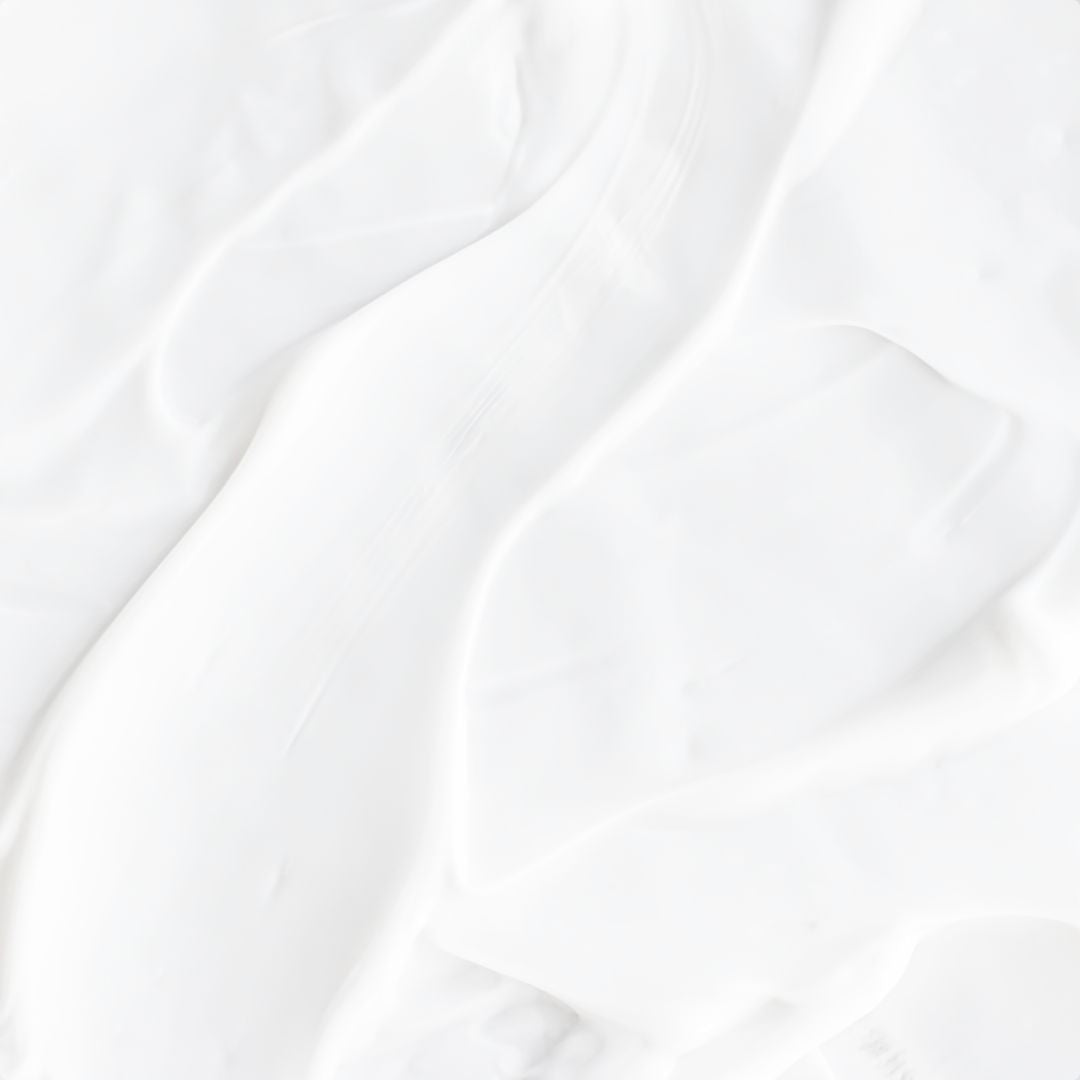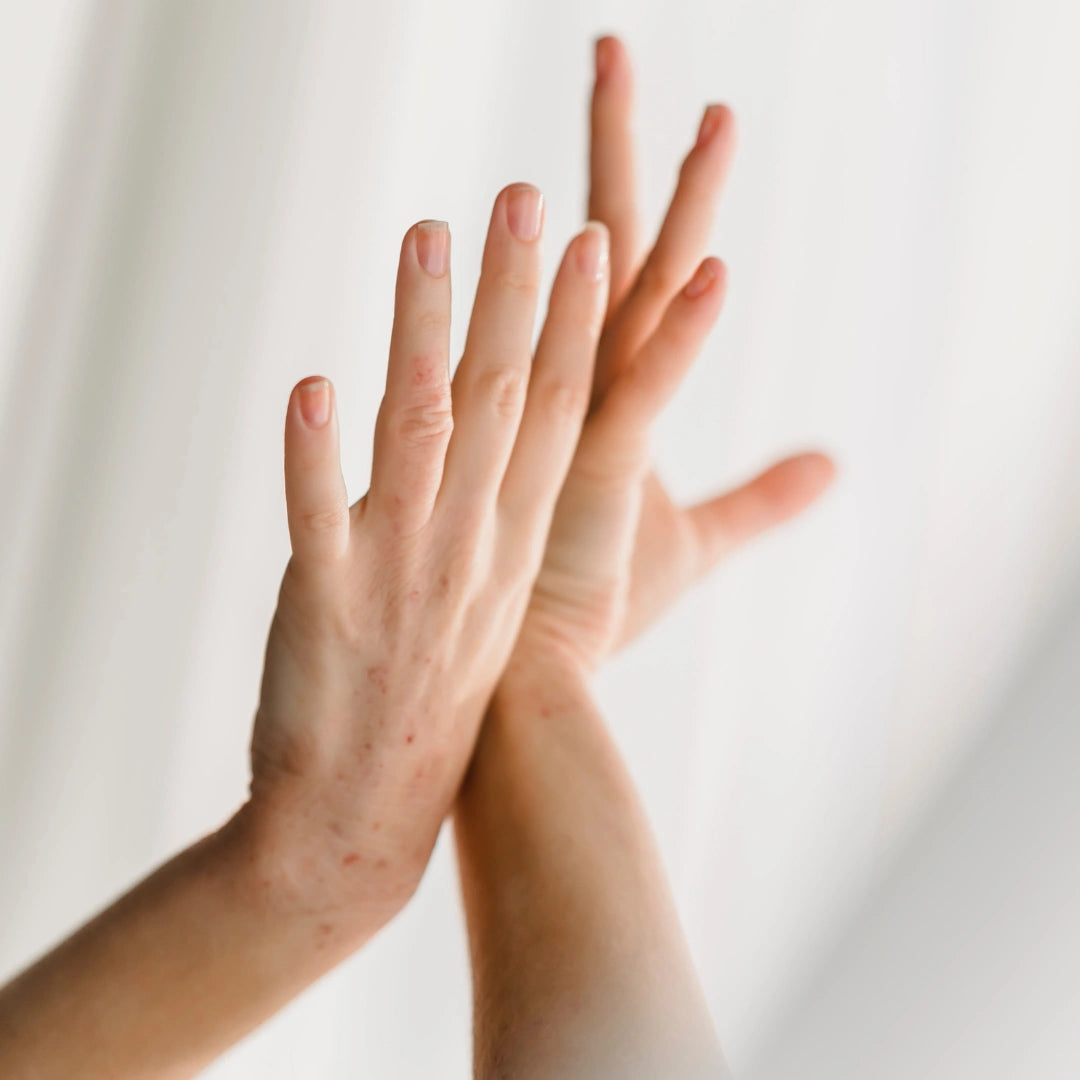The preventive measures we had to adopt during the COVID-19 pandemic resulted in many of us developing contact dermatitis.
This is especially true for our dedicated healthcare workers. According to the American Contact Dermatitis Society (ACDS), 30% of healthcare workers have occupational contact dermatitis, mainly associated with hand hygiene (frequent hand-washing and surface disinfection) and the use of personal protective equipment, such as gloves.
Contact dermatitis is a red, itchy rash that can develop on your skin when it comes into contact with a substance, organism, object or chemical that irritates your skin (irritants) or something to which you're allergic (allergens).
Irritant contact dermatitis is the most common type. This nonallergic skin reaction (not involving an allergic response by the immune system) occurs when an irritant damages your skin's outer protective layer, which can result from over-washing your hands with hot water and using harsh soaps.
On the other hand, allergic contact dermatitis is a delayed allergic reaction that occurs when your body's immune system overreacts to certain substances that typically wouldn't cause a reaction. Examples include certain metals like nickel, fragrances, nail polish, essential oil diffusers, and latex rubber. This reaction doesn't happen immediately, typically appearing one to three days after exposure. It's also worth noting that allergic reactions can appear in areas of the body that didn't directly contact the allergen.
If you've ever used a skincare product for months only to find that your skin suddenly reacts, seemingly out of the blue, and you have to stop using it, that's because allergic contact dermatitis develops gradually over an extended period, after repeated contact with the triggering substance.
If you have contact dermatitis, the key is to identify and avoid the irritant or allergen. For instance, if you're allergic to nickel, ensure that items touching your skin, like jewelry and buttons, are nickel-free. Additionally, use the right, gentle skincare products (fragrance and essential oil-free) and practice frequent moisturising to prevent future flare-ups.
If you're not sure what your triggers are, consider requesting patch testing from your doctor.
References:
Babino G, Argenziano G, Balato A. Impact in Contact Dermatitis during and after SARS-CoV2 Pandemic. Curr Treat Options Allergy. 2022;9(1):19-26. doi: 10.1007/s40521-022-00298-2. Epub 2022 Feb 10. PMID: 35194543; PMCID: PMC8830973.
Vasques AI, Ochoa-Leite C, Ramos Rocha D, Bento J, Rocha L. Dermatoses Ocupacionais em Profissionais de Saúde durante a Pandemia de COVID-19: Revisão Narrativa [Occupational Dermatoses in Healthcare Workers during the COVID-19 Pandemic: A Narrative Review]. Acta Med Port. 2022 Nov 2;35(11):830-834. Portuguese. doi: 10.20344/amp.16633. Epub 2022 Jun 29. PMID: 35766244.
Understanding Contact Dermatitis: Causes, Prevention and Care in Post-COVID Era
Posted by kansoskin Team on




